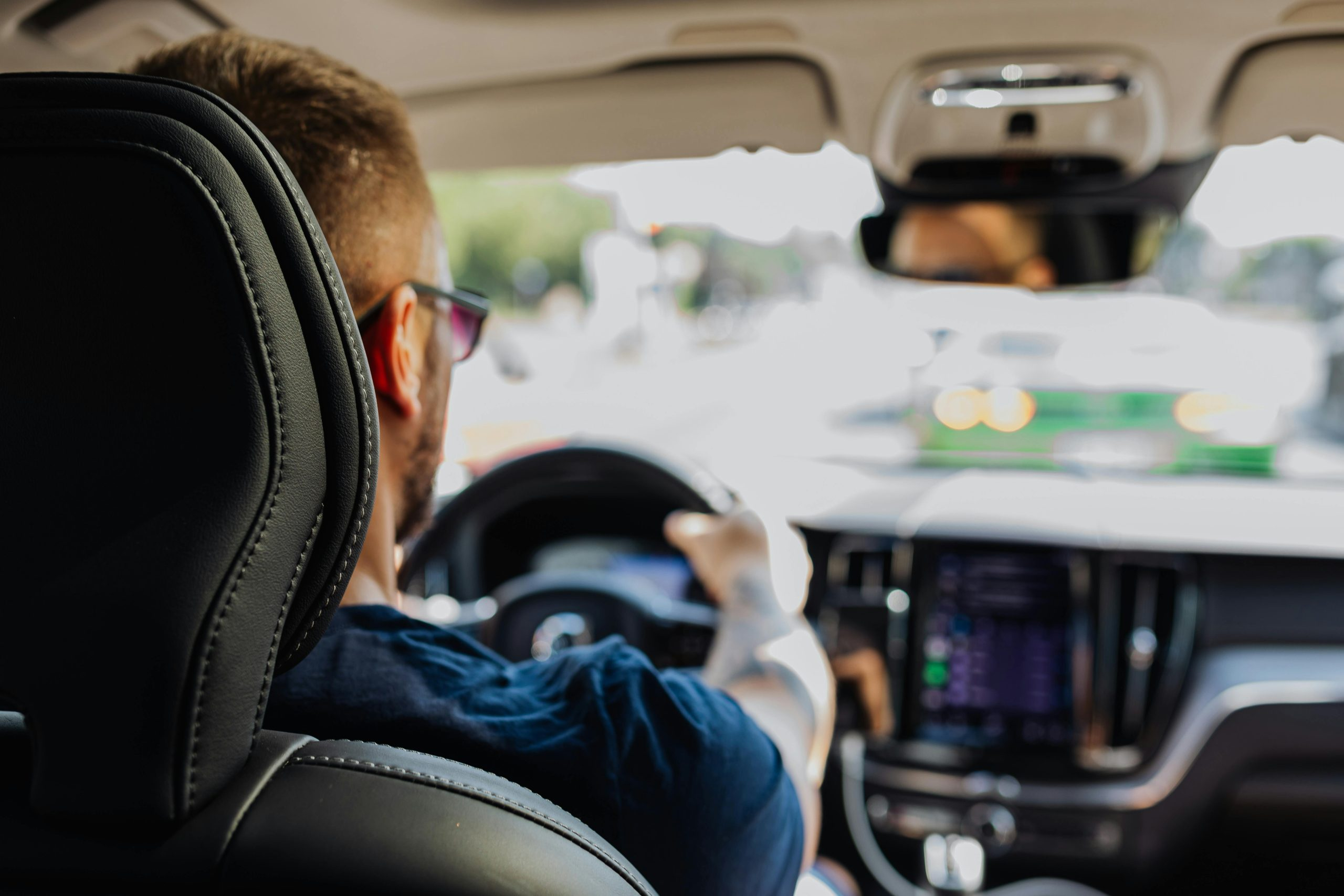Vehicle-to-Everything (V2X): The Next Leap in Road Safety
The invention of vehicles revolutionized transportation, making it easier and faster for people to go from one place to another. However, with this advancement also came the increase in road accidents and fatalities. In the United States alone, there were over 38,000 deaths from motor vehicle crashes in 2019. With the rise of autonomous and connected vehicles, there has been a new solution to improving road safety – Vehicle-to-Everything (V2X) technology. This innovative technology has the potential to significantly reduce road accidents and save countless lives. In this article, we will discuss what V2X is, its benefits, and how it is the next leap in road safety.
What is V2X?
Vehicle-to-Everything (V2X) is a wireless communication technology that enables vehicles to communicate with other vehicles, infrastructure, and pedestrians. It is a subset of Vehicle-to-Infrastructure (V2I) and Vehicle-to-Vehicle (V2V) communication, collectively known as Vehicle-to-Everything. V2X technology uses Dedicated Short-Range Communications (DSRC) or Cellular Vehicle-to-Everything (C-V2X) to connect vehicles and infrastructure. DSRC is a short-range wireless communication protocol designed for vehicle communication, while C-V2X uses the existing cellular network to achieve the same goal. This technology allows vehicles to exchange real-time information with each other and the surrounding environment. V2X is seen as a crucial component of the future of transportation, especially in the development of autonomous and connected vehicles.
How does V2X work?
Vehicle-to-Vehicle (V2V) communication
Vehicle-to-Vehicle communication enables vehicles to communicate with each other. The technology uses DSRC or C-V2X to exchange data, such as location, speed, and direction, between nearby vehicles. This data allows vehicles to sense and understand their surroundings, reducing the risk of accidents. For instance, if a vehicle suddenly brakes, it can send a signal to the vehicles behind it, alerting them to slow down or stop to avoid a collision. This real-time information flow between vehicles can prevent accidents and improve traffic flow.
Vehicle-to-Infrastructure (V2I) communication
Vehicle-to-Infrastructure communication allows for communication between vehicles and the surrounding infrastructure, such as traffic signals, signs, and other road infrastructure. This communication can provide vehicles with traffic information, including the state of traffic lights, construction work, accidents, and road conditions, to help vehicles navigate the roads safely and efficiently. For example, if there is construction work on a certain route, the infrastructure can send a message to vehicles, providing an alternate route to avoid delays.
Vehicle-to-Pedestrian (V2P) communication
Vehicle-to-Pedestrian communication enables vehicles to communicate with pedestrians by sending out alerts or warnings. This technology can provide alerts to pedestrians about an approaching vehicle, especially in busy urban areas where pedestrians can easily get distracted. V2P communication can also inform drivers about the presence of pedestrians, cyclists, or other vulnerable road users in their vicinity, helping them to take necessary precautions to avoid accidents.
The Benefits of V2X for Road Safety
V2X offers several benefits that can greatly enhance road safety. Some of the notable benefits include:
Real-time information sharing
V2X technology allows for real-time communication between vehicles, infrastructure, and pedestrians. This information sharing can help vehicles make more informed decisions, preventing accidents and reducing congestion. For instance, if a vehicle is aware of upcoming red lights, it can adjust its speed accordingly, reducing the chances of running a red light and causing an accident.
Reduces human error
Human error is a leading cause of accidents on the road. V2X technology can help mitigate the risks of human error by providing drivers with real-time alerts and warnings to avoid potential collisions. This technology can detect and alert drivers of potential dangers, such as a vehicle running a red light or making an unexpected turn, reducing the chances of accidents caused by human error.
Improved pedestrian safety
V2X technology can greatly enhance the safety of pedestrians by alerting both drivers and pedestrians of each other’s presence. This technology can prevent accidents involving vulnerable road users, such as pedestrians and cyclists, and reduce the risk of fatalities.
Efficient emergency response
V2X technology can facilitate the rapid exchange of information between vehicles and emergency response services, allowing for quicker response times to accidents. This can greatly improve the chances of saving lives and reducing the severity of injuries in case of an accident.
The Future of V2X Technology
The implementation of V2X technology is gaining momentum, with several countries and companies investing in its development. Its potential for improving road safety is undeniable, and it is expected to play a crucial role in the transition towards autonomous and connected vehicles. However, the success of V2X depends on the widespread adoption and compatibility of the technology among vehicles, infrastructure, and devices. Regulatory challenges and concerns over data privacy and security also need to be addressed before the full potential of V2X can be realized.
The road to fully autonomous and connected vehicles may still be a few years away, but V2X technology is undoubtedly paving the way for a safer, more efficient, and interconnected future on our roads. With the potential to save thousands of lives each year, V2X is undoubtedly the next leap in road safety.
In Conclusion
V2X technology is an innovative solution to improving road safety, allowing for real-time communication between vehicles, infrastructure, and pedestrians. Its benefits are numerous, including reducing human error, improving pedestrian safety, and facilitating efficient emergency response. As V2X continues to be developed and adopted, its impact on road safety is expected to be significant, making our roads safer and more efficient for all.










